The Top 8 Tourist Sites to Explore in Northern Ghana
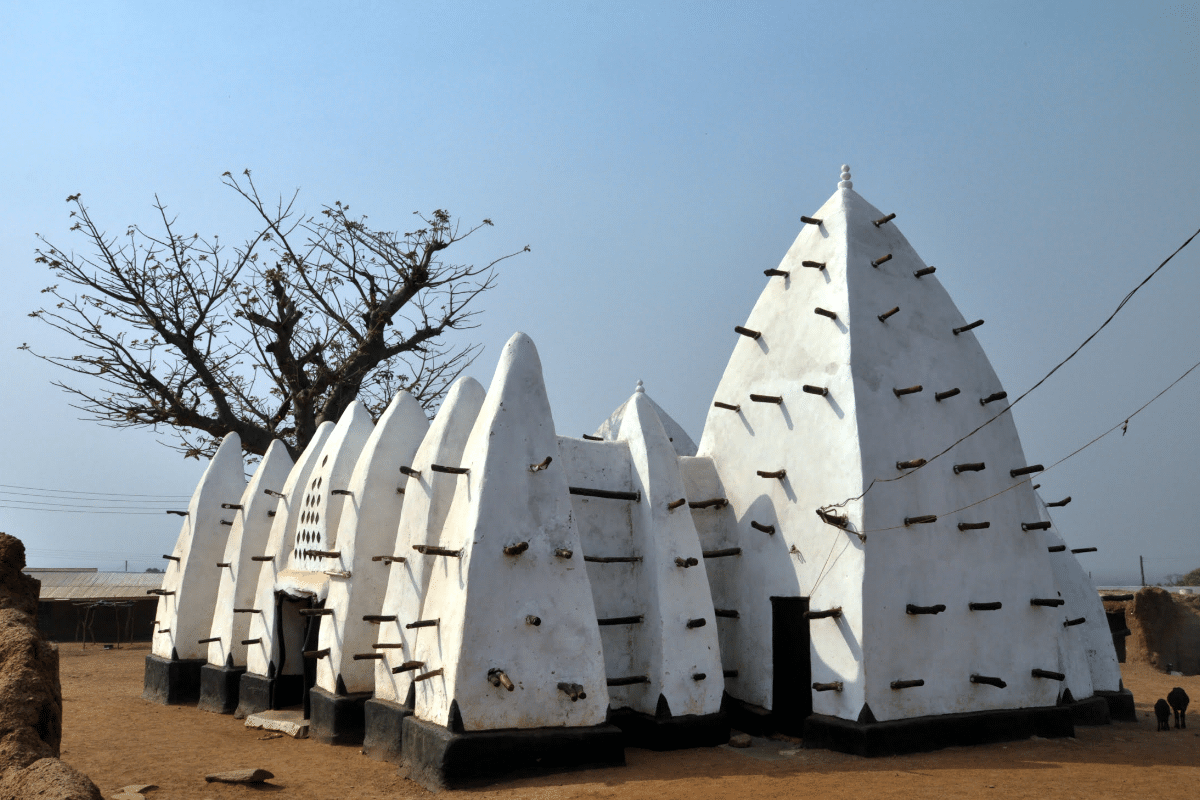
- By Karim Hassan
- Reviewed by Sophia Rose
- September 1, 2023
- Travel
Have you heard of Larabanga, the oldest mosque in Ghana? Or Mole National Park, home to Ghana’s largest elephant population? How about the sacred Tongo Rocks, revered by the Talensi people for centuries?
If not, it’s time to turn your travel sights north!
In this blog post, I’ll highlight eight unmissable tourist sites in Ghana’s northern region that I visited with Grassroot Tours Ghana. Drawing on my own travel tales, I’ll share insider tips and information to help you plan your own amazing northern Ghanaian adventure.
Table Of Content
1. Mole National Park
With over 4,000 square kilometers of savanna and forest to explore, Mole National Park is Ghana’s largest and most famous wildlife refuge. This spectacular reserve near the border with Burkina Faso teems with over 90 different mammal species for you to spot on safari.
Keep your eyes peeled for majestic elephants, graceful antelopes, massive African buffalos, cunning leopards, mischievous monkeys, and more! The park is especially renowned for its thriving elephant population – the largest in all of West Africa. So get ready for some up-close encounters with these gentle giants.
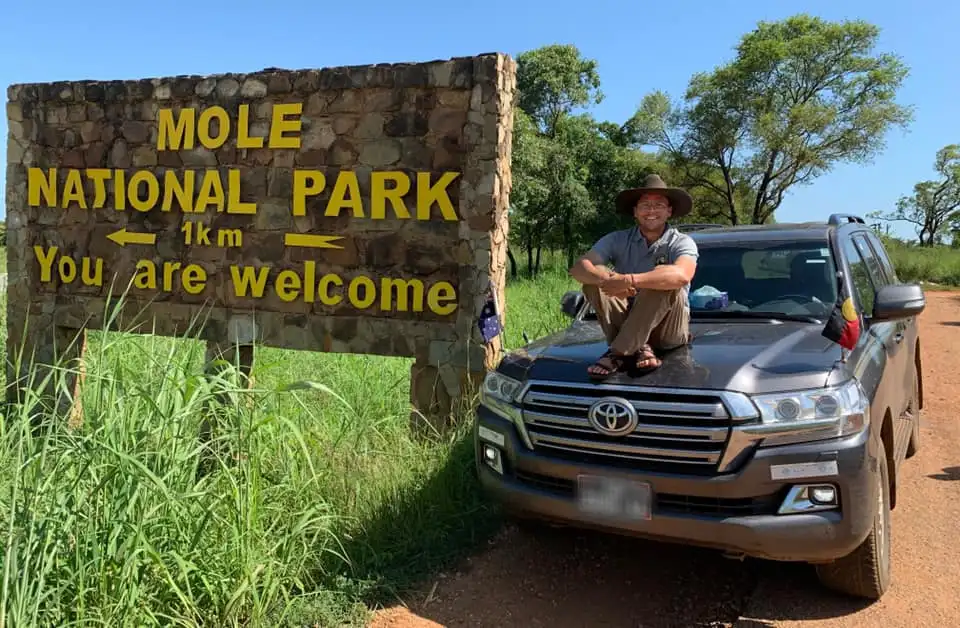
During my visit, I was thrilled to join walking safaris trekking through the diverse habitats of lush forests and open savannah woodlands. We also went on heart-pumping jeep safaris spotting wildlife along the way. For a truly unique perspective, take a paddling canoe safari on the tranquil Mole River that flows through the reserve.
The park also offers fantastic birdwatching, hiking, and camping opportunities to delight nature lovers. At the end of an exhilarating day of wildlife adventures, I enjoyed relaxing at Mole Motel – an affordable and comfortable lodge with a pool and restaurant overlooking a watering hole. Sipping a cold drink as elephants approached for their evening drink is an experience I’ll never forget!
Pro Tip: Time your visit during the dry season between November to April, when wildlife congregates near scarce water sources, improving your chances of sightings. And don’t forget your binoculars, sunscreen, and sense of adventure!
2. Larabanga Ancient Mosque
History comes to life at Larabanga Ancient Mosque near Mole National Park – the oldest surviving mosque in Ghana and one of the earliest in West Africa! This stunning 15th-century mud-and-wood architectural wonder features two majestic towers and twelve impressive buttresses in the distinctive Sudanese style.
Considered a sacred destination for Muslims and non-Muslims alike, Larabanga attracts visitors from around the world. As I entered the tranquil mosque grounds, passing pilgrims and devotees, I couldn’t help but feel moved by the palpable sense of spirituality and history here.
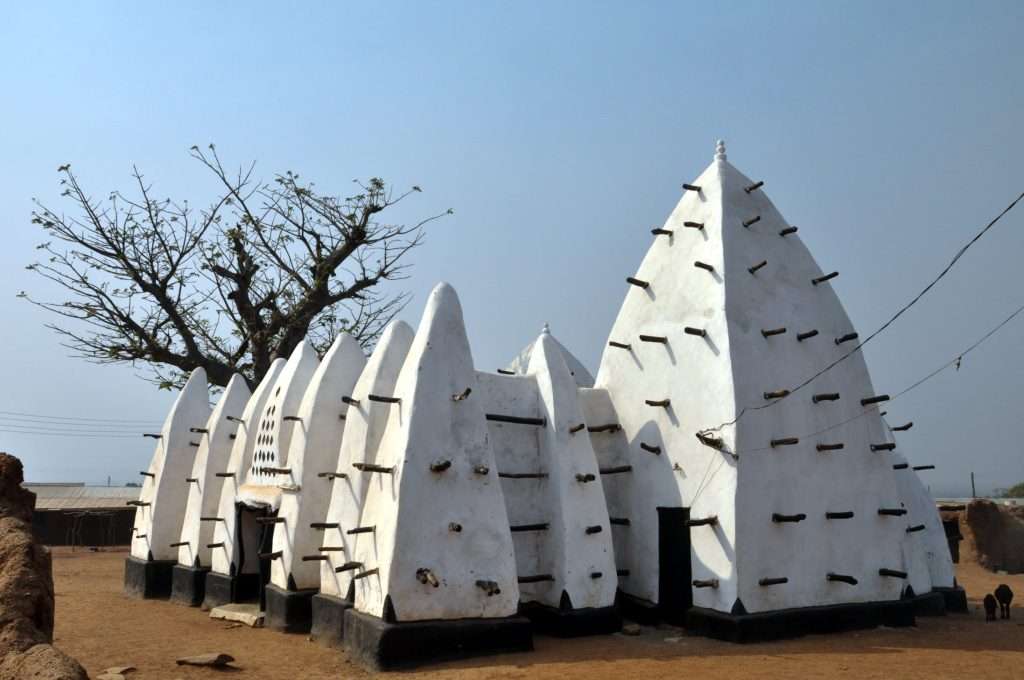
Once inside, I gazed in awe at the ancient interior, from the simple matting to the beautifully carved archways. Larabanga offers a profound portal into Ghana’s rich Islamic heritage, which visitors are welcome to respectfully experience.
Just outside lies the mosque’s legendary mystic stone. Local legend claims this rock possesses supernatural powers – returning to its spot when moved! While I can’t confirm any magical antics, the stone’s enduring draw reinforces Larabanga’s holy mystique.
Visiting Tips: The mosque is open daily except Fridays. There’s a small entrance fee, and shoes must be removed before entering. For women, cover their heads and shoulders. No interior photos are allowed, but exterior shots are fine. Take in this ancient marvel with an open mind and heart!
3. Gbele Game Reserve
For an intimate safari experience in northern Ghana, head to the smaller but wildly diverse Gbele Game Reserve. Spanning 500 square kilometers in the Upper West region near the Black Volta River, this refuge teems with over 300 bird species and 30 different mammals for avid wildlife watchers to spot.
Like Mole, Gbele is home to impressive African elephants as well as hippos, baboons, antelopes, crocodiles, and more. But its compact size allows for exceptional close-up sightings on foot, by vehicle, or paddling the river by canoe.
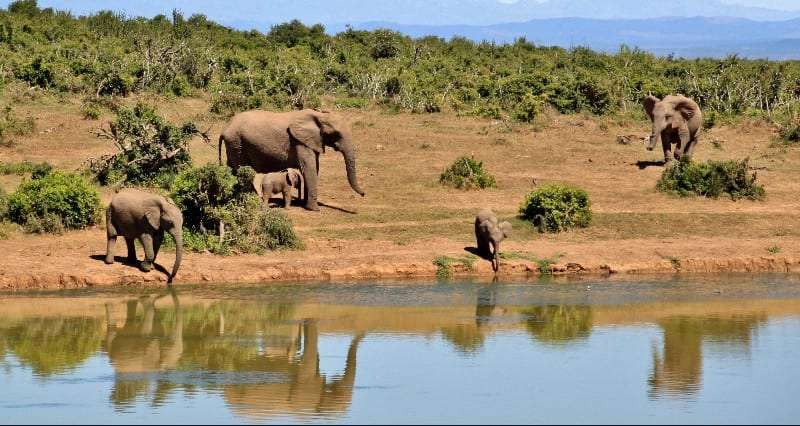
Accommodations are rustic but full of charm – I stayed in a basic guesthouse with shared facilities and enjoyed delicious local cuisine at the reserve’s restaurant after action-packed days.
From guided walking safaris to 4WD jeep drives and river canoe trips, Gbele offers fantastic diversity. Fishing and camping under the stars are also popular. Just be sure to book activities in advance for this intimate reserve.
Insider Tip: Visit during the November to April dry season, when dropping water levels make wildlife viewing along the river banks easier. And bring binoculars, protective wear, and an adventurous spirit!
4. Mognori Eco-Village
For an immersive cultural experience, visit the community-run Mognori Eco-Village near Mole National Park. This sustainable tourism initiative provides visitors with a window into traditional life while benefiting local conservation efforts.
In this living village, I was warmly welcomed into the home of a Mole-Dagomba family. During my incredible homestay, I gained firsthand insight into their customs through village tours, lively drumming and dance lessons, and hands-on craft workshops.
Beyond the village, there are canoe rides on the Mole River and nature walks identifying medicinal plants. Tourism income helps support community projects like a women’s shea butter cooperative.
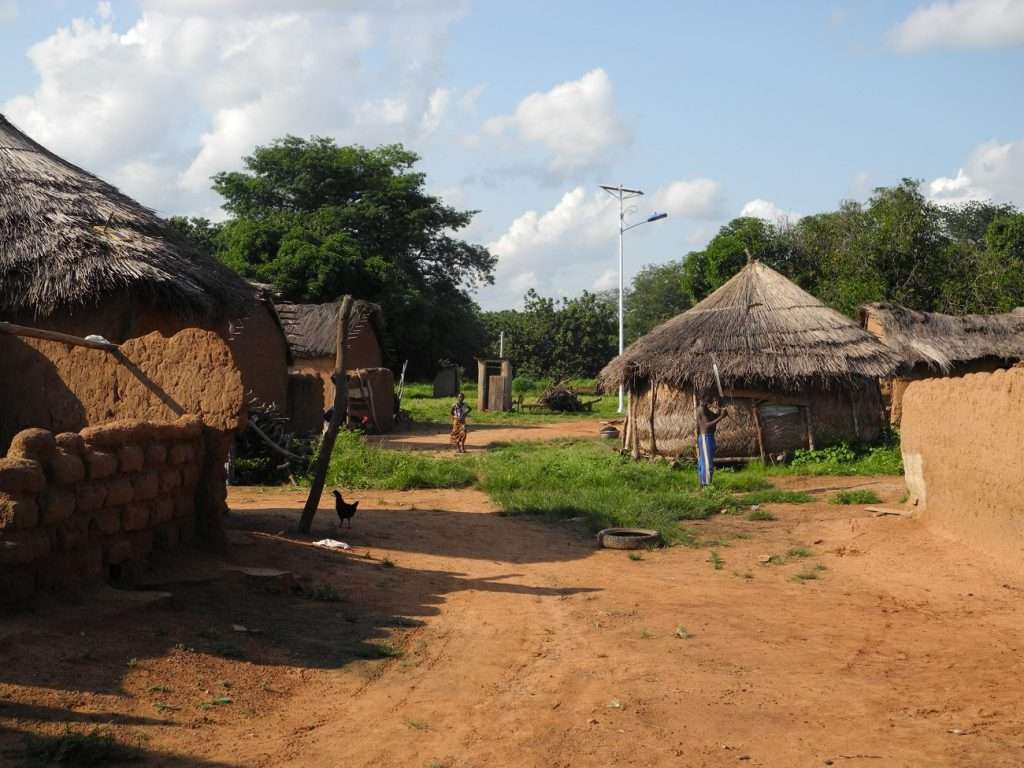
By participating in the eco-village’s rich cultural programs and purchasing locally made crafts, visitors help provide sustainable livelihoods while protecting natural resources. It was a profoundly rewarding grassroots travel experience!
Insider Tips: Visit during the green May-October rainy season. Bring small gifts for your homestay family like sugar or soap. And respect local traditions – ask before photographing residents or ceremonies. Mindful, reciprocal tourism at its best!
5. Wechiau Hippo Sanctuary
For a uniquely West African wildlife experience, visit the community-protected Wechiau Hippo Sanctuary along the Black Volta River. This eco-tourism initiative allows visitors to view the endangered hippopotamus up close while benefiting conservation and local villages.
Drifting in a canoe near giant hippos and their adorable calves along the riverbanks is an unforgettable memory from my Ghana travels! From the water or the sanctuary’s scenic hiking trails, I also spotted crocodiles, vibrant birds, monkeys, and other wildlife.
The sanctuary has implemented strict protection measures to ensure the once-declining hippo population can thrive. Tourism activities like guided canoe trips directly support the sanctuary’s vital conservation efforts.

Local community members also provide homestay experiences, drumming performances, and guide services – creating sustainable income sources that incentivize ongoing habitat and wildlife protection. It’s grassroots ecotourism at its best!
Insider Tips: Visit during the November-April dry season when hippos come on shore. Bring sun protection, binoculars, insect repellent, and an adventurous spirit! And book activities in advance to support the sanctuary.
6. Nalerigu Slave Defence Wall
The partially ruined but profoundly historic Nalerigu Slave Defence Wall offers insight into local resistance to the horrific slave trade that once ravaged Northern Ghana. Constructed in the 16th century by the resilient Mamprusi people, this impressive fortification near the Togo border protected villages from brutal slave-raiding parties.
Walking along the ancient wall’s remains, I felt a deep sense of admiration for the ingenuity and bravery of past generations who built this mighty stronghold. Guided tours bring the wall’s dramatic history to life through storytelling and cultural performances.
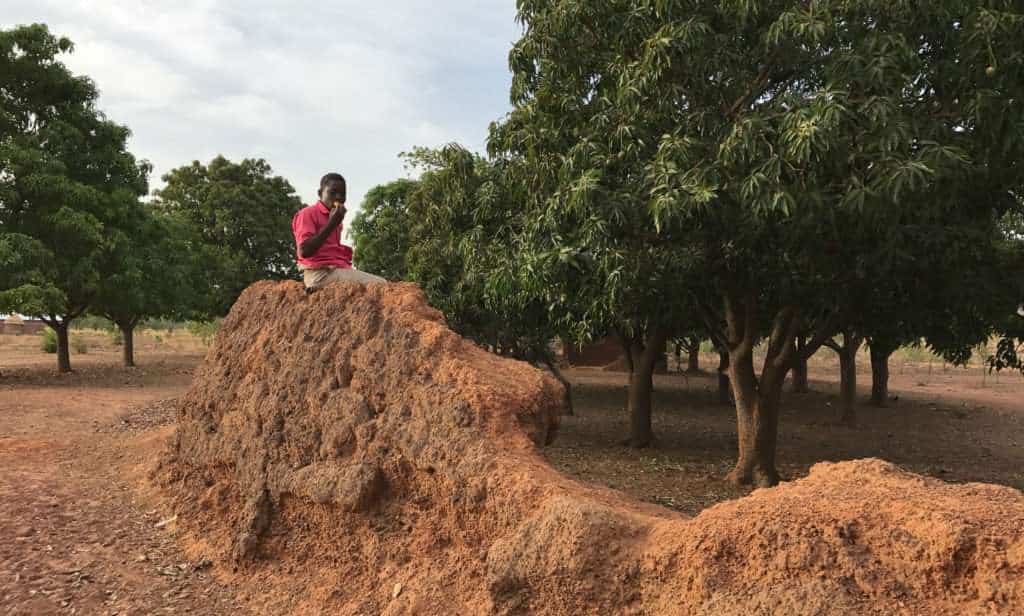
As a poignant testament to the human spirit’s defiance of oppression, Nalerigu serves as a reminder of the horrors of slavery while celebrating the culture that survived it. Visitors gain perspective on Ghana’s complex role in the trade – both as a source of slaves and via strong internal opposition.
Insider Tips: Visit during the cooler dry season between April and November when roads are more accessible. Bring water, snacks, and good walking shoes to explore the historic site. And book a tour through the Nalerigu Cultural Center for the richest experience.
7. Salaga Slave Market
The now quiet town of Salaga was once home to one of West Africa’s largest and most notorious slave trading markets. At this sobering historical site near Lake Volta, visitors can reflect on the tragic impact of the transatlantic slave trade on Ghana and Africa.
Along with guided tours and a small museum, the grounds contain holding cells, slave auction sites, and a memorial garden to honor the victims. While touring the market, I was deeply moved by the sheer scale of human suffering that once occurred there.
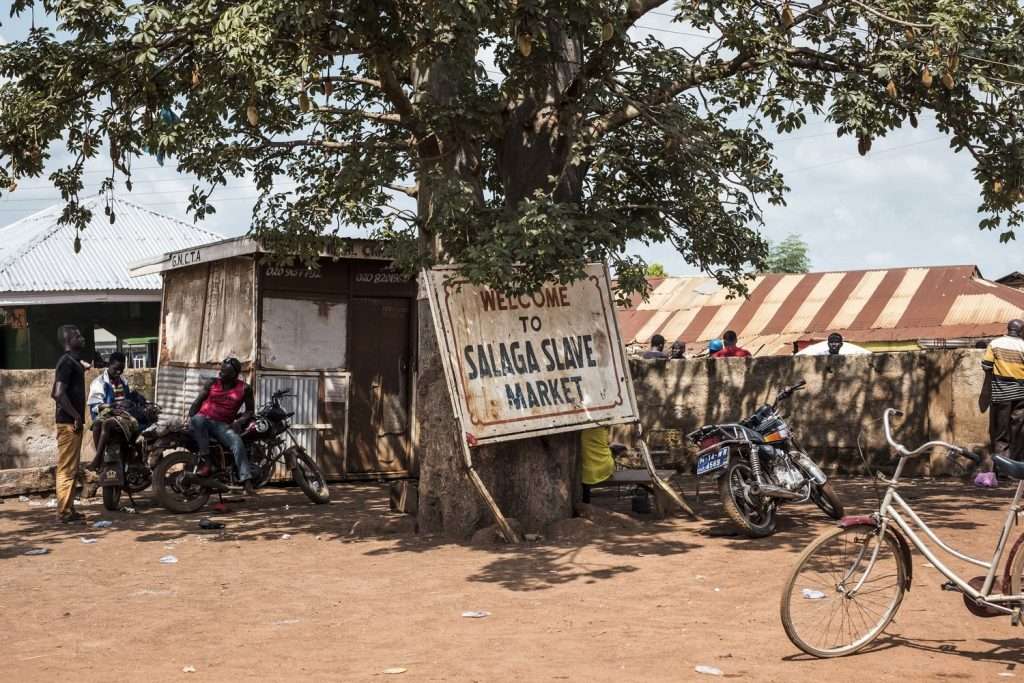
Yet Salaga also represents resilience and hope, as local culture survived despite the devastating trade. Visitors can shop handcrafted goods at the artisan market, supporting the community today.
Though a solemn experience, Salaga provides a critical perspective on slavery’s legacy. The preserved market compellingly retells Ghana’s complex story as both a source of slaves and a hub of resistance.
Visitor Tips: Visit during the November-April dry season when roads are accessible. Bring water, snacks, sun protection, and comfortable shoes for the impactful tour. Book in advance through the Information Center.
8. Tongo Rocks and Tenzug Shrine
In the remote Upper East region near Burkina Faso, the sacred Tongo Rocks and Tenzug Shrines offer a portal into the indigenous Tenzug animist culture of the Talensi people. These iconic granite outcrops form towering cliffs and caves used for rituals and ceremonies for generations.
As I hiked towards the rocks through vibrant green rainy season landscapes, the reverent atmosphere was palpable. At the base, local guides explained the significance of the shrines and showed me ritual objects used in Tenzug’s worship of ancestral spirits.

Clambering up the towering rock pinnacles, I admired the spectacular views and natural fortress-like formations that once protected villagers from invaders. Visitors can also partake in cultural performances like music and dance that bring Talensi traditions to life.
By visiting Tongo respectfully, travelers gain rare insight into Ghana’s indigenous religions and experience the spiritual energy of these holy sites. Just be sure to book tours in advance through local guides.
Insider Tips: The landscape is lush and gorgeous during the May-October wet season. Bring good shoes, water, and snacks for hiking. And approach sacred sites mindfully as privileged observers, not disruptors.
From epic wildlife encounters to cultural immersion, my journey through these eight amazing tourist sites in Ghana’s northern region exceeded all expectations.
By showcasing everything from ancient mosques to sacred animist sites, bustling markets to tranquil villages, the north proved itself to be an underrated gem full of diversity waiting to be explored.
Beyond the highlights in this post, there are even more incredible adventures to be had, from mountain trekking to beach relaxation. Visiting Northern Ghana provides travelers with a complete picture of this captivating country in all its complexity.
Don’t miss out on the chance to broaden your perspective and enrich your travels. Let the Northern Region’s magic take you on an unforgettable journey!
